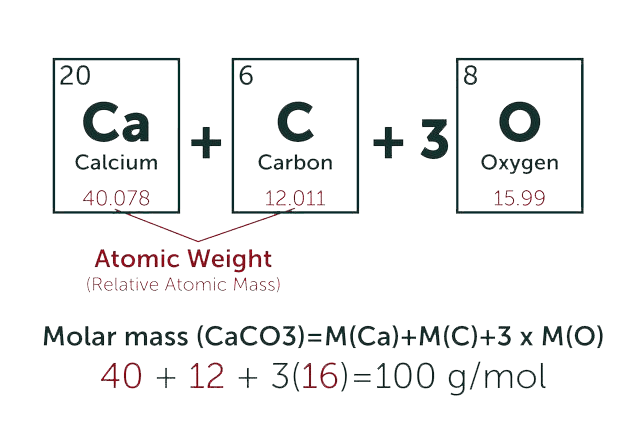1. Multigram synthesis of 1-alkylamido phospholipids
J R Surles, S Morris-Natschke, M H Marx, C Piantadosi Lipids. 1993 Jan;28(1):55-7.doi: 10.1007/BF02536361.
Phospholipids containing a 1-alkylamido linkage have shown promising in vitro neoplastic cell growth inhibitory properties and anti-human immunodeficiency viral activity. We have synthesized a series of alkylamido ether lipid analogues on a milligram scale for initial evaluation, but for further in vivo testing of these bioactive phospholipids, synthesis on a larger scale is required. The multigram synthesis of 1-alkylamido ether phospholipids was accomplished by modifying reaction conditions in the amidation step and changing reagents and solvent systems in both the detritylation and phosphorylation steps. This was most crucial in the phosphorylation step, where in the multigram synthesis 2-bromoethyl dichlorophosphate in diethyl ether/tetrahydrofuran (7:3, vol/vol) gave much improved yields as compared to the 2-chloro-2-oxo-1,3,2-dioxaphospholane reagent. The modifications also resulted in a product that could be more easily purified in sufficient quantities for use in in vivo inhibition studies.
2. Enantioselective Synthesis of 3-Deoxy-(R)-sphingomyelin from (S)-1-(4'-Methoxyphenyl)glycerol
Hoe-Sup Byun, Jason A. Sadlofsky, Robert Bittman J Org Chem. 1998 Apr 17;63(8):2560-2563.doi: 10.1021/jo971977y.
(R)-3-Deoxysphingomyelin (2) was prepared from (S)-1-(4'-methoxyphenyl)-glycerol (3). The latter was converted into either p-methoxyphenyl (PMP) (S)-oxiranylmethyl ether (5) or (R)-1-(4'-methoxyphenyl)glycerol 2,3-cyclic sulfate (6). Opening of 5 with lithium pentadecyne in the presence of BF(3).Et(2)O gave PMP (S)-2-hydroxy-4-octadecynyl ether (7) in 65% yield. Alternatively, opening of cyclic sulfate 6 with excess lithium pentadecyne in the presence of catalytic cuprous iodide, followed by acidic workup, gave 7 in 90% yield. After introduction of the amide group via azide displacement, reduction, and N-acylation, simultaneous reduction of the triple bond and deprotection of the PMP group by Birch reduction (Li, EtNH(2)) provided 3-deoxy-N-palmitoyl-(R)-ceramide (9). Finally, phosphitylation of 9, oxidation of the cyclic phosphite with bromine, followed by in situ ring opening gave a (2-bromoethyl)phosphate ester, which on quaternization with aqueous trimethylamine afforded 3-deoxy-N-palmitoyl-(R)-sphingomyelin (2) in 49% overall yield from PMP (S)-2-hydroxy-4-octadecynyl ether (7).
3. Reactivity of N-(omega-haloalkyl)-beta-lactams with regard to lithium aluminium hydride: novel synthesis of 1-(1-aryl-3-hydroxypropyl)aziridines and 3-aryl-3-(N-propylamino)propan-1-ols
Matthias D'hooghe, Stijn Dekeukeleire, Norbert De Kimpe Org Biomol Chem. 2008 Apr 7;6(7):1190-6.doi: 10.1039/b719686e.Epub 2008 Mar 3.
The reactivity of 4-aryl-1-(2-chloroethyl)azetidin-2-ones and 4-aryl-1-(3-bromopropyl)azetidin-2-ones with regard to lithium aluminium hydride has been evaluated for the first time. 4-Aryl-1-(2-chloroethyl)azetidin-2-ones were transformed into novel 1-(1-aryl-3-hydroxypropyl)aziridines through an unprecedented conversion of beta-lactams into 2,3-unsubstituted aziridine derivatives. Unexpectedly, 4-aryl-1-(3-bromopropyl)azetidin-2-ones underwent dehalogenation towards 3-aryl-3-(N-propylamino)propan-1-ols upon treatment with LiAlH(4). 1-(1-Aryl-3-hydroxypropyl)aziridines were further elaborated by means of ring opening reactions using benzyl bromide in acetonitrile towards 3-aryl-3-[N-benzyl-N-(2-bromoethyl)amino]propan-1-ols and using aluminium(iii) chloride in diethyl ether, affording 3-aryl-3-[N-(2-chloroethyl)amino]propan-1-ols.
























